SUMMARY
This is AI generated summarization, which may have errors. For context, always refer to the full article.

(Disclosure: Xiaomi lent the units used for this review)
Xiaomi sub-brand Redmi is back with a refreshed lineup of budget-friendly Note handsets. This year’s Note 11 series consists of the standard Note 11, the Note 11S, and the Note 11 Pro 5G.
We’ve had about a week of hands-on time with all three releases. Here are our thoughts:
iPhone-esque design
Leave it to Apple to design a smartphone that other brands would want to copy, right? Okay, maybe “copy” is too harsh of a word, but it’s pretty clear how the Note 11 series took some cues from Apple in the design department. The flat-edged body, the squircle edges, and the boxy frame – the Note’s design language is undeniably iPhone-esque.
It’s a striking shift from the curvy form factor of last year’s Note 10. And the initial impression I had was that the handsets would feel less ergonomic, but that’s not the case here. The design actually makes for a natural grip, with the flat edges providing more surface area for fingers to rest on. That’s more so true for the Note 11 Pro, which is a tad bit thicker than the Note 11 and Note 11S.
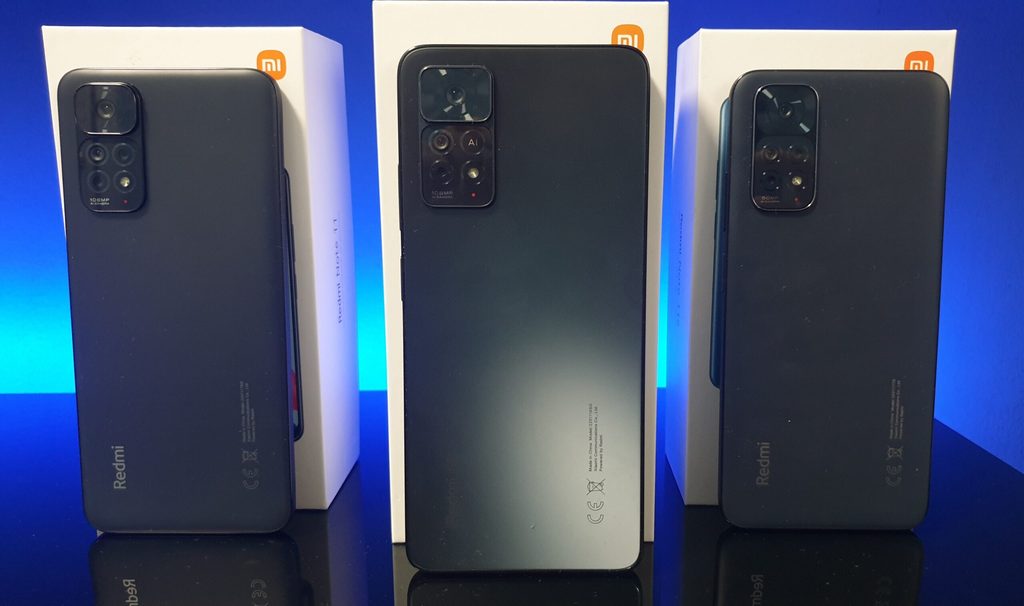
The camera arrangement is also quite a noticeable change. It feels a little busier than last year’s model, marked by the addition of a few extra holes. The bump also uses a stepped design – essentially a bump on another bump – splitting the primary camera from the rest of the setup. I usually prefer simple arrangements, though I appreciate the effort to bring some symmetry here.
All three models feature Full HD+ AMOLED panels. Expectedly, the Note 11 Pro 5G has the biggest display among the three at 6.67-inches. The displays of both the Note 11 and Note 11S measure 6.43-inches. The Pro also has a 120Hz refresh rate setting while the other two cap at 90Hz.
Xiaomi typically impresses when it comes to the display and the Note 11 is no exception. It’s always great getting higher-end and more vibrant screens on these lower-priced handsets. And the high refresh rate option is a nice bonus.
Satisfactory performance
Performance is where the Note 11 stumbles in some places. The Note 11 and Note 11 Pro 5G house a Snapdragon 680 and Snapdragon 695 respectively, both are chipsets built on the 6nm process. Xiaomi claims they’re implemented here in such a way that prioritizes power efficiency. However, I didn’t notice a dramatic difference in battery life from my day-to-day use of the two devices. Without looking at stats and benchmarks, I’d say the two are about par for the course with other handsets in this price range. You’d probably get a day to a day and a half tops with the 5,000mAh pack, which, frankly, isn’t bad.

It’s just a shame that this supposed energy-saving solution comes at the cost of performance. Your basic apps should work fine – web browsers, social media, and streaming services – but when it comes to gaming, the performance is satisfactory at best. A lot of games can still run on either phone, though the graphical detail and fidelity take massive hits. Obviously, I wasn’t expecting a powerhouse. I just wanted to point this out in case anyone plans to buy these models specifically to play games.
Also worth noting, the Note 11 Pro 5G – from its name – supports 5G network connections while the standard Note 11 doesn’t. So if you plan to use the new mobile network standard, you don’t have any other choice in this series but the Pro model.
The Note 11S, meanwhile, has a comparatively less powerful MediaTek Helio G96, built on the 12nm process. To be fair though, considering that this is a budget chipset, it’s still quite capable. It handles almost all basic tasks just fine and like its siblings, only suffers in gaming performance, where it’s a little inconsistent. There are likely better performers out there in this price range, but unless you’re planning to play graphically demanding games, what you get here is good enough.
The MIUI software still comes with a lot of bloatware, but at least they can easily be uninstalled. It just proves to be a chore, especially when you don’t like clutter. The software also runs on Android 11 out of the box, which is kind of a bummer for those upgrading this year and looking to try Android 12. The update is expected to come soon though, so there’s that.
Decent cameras
The three handsets of the series sport different camera setups, but, for the most part, none of them are particularly remarkable. That’s not to say that they’re no good. There’s just nothing that catches your attention.
But if I were to pick, I think the Note 11 Pro 5G offers the best camera experience. Despite it being one camera short of the quad setups of the Note 11 and 11S, Redmi’s flagship delivers the most consistent image quality out of the three. The triple camera setup, I’d argue, feels more of a benefit than a shortcoming. More isn’t always better and that applies here.

The Note 11 Pro 5G has a 108MP, f/1.9 main camera, an 8MP, f/2.2 ultra-wide camera, and a 2MP, f/2.4 macro camera.
The primary shooter is fairly decent, capturing a good amount of detail with a nice range of colors. You can take advantage of the 108MP resolution of the camera by toggling the Ultra HD setting, but images still come out at 12MP. The software sometimes gets overzealous with the processing when using this setting, making certain features of the image unnaturally sharp.
The ultra-wide camera performs about as well as the primary camera. It’s just less versatile, with it struggling in low-light situations.
The macro, on the other hand, is seemingly there to pad out the spec sheet. It doesn’t even come with autofocus, which makes it incredibly difficult to get a usable image. I would have preferred a zoom lens here, but I can’t complain too much, considering the price. At least, the two other cameras are okay, so you’ll still be able to use them for your photography needs.
Meanwhile, the Note 11 and Note 11S both sport quad-camera setups. The 11S has the same set of cameras as the 11 Pro 5G with just one addition, a 2Mp, f/2.4 depth sensor. The Note 11 has the same set of cameras as the 11S but instead of a 108MP main sensor, it has a 50MP, f/1.8 sensor.
In theory, the inclusion of the depth sensor on these two handsets should improve the cameras’ versatility. In practice, however, the macro and depth sensors almost feel non-existent when you use the camera. I didn’t notice a dramatic difference in shots taken with the 11S and the 11 5G Pro, where the background is soft.
The Note 11 Pro and Note 11S both have a 16MP, f/2.4 selfie sensor while the base Note 11 has a 13MP sensor.
Overall, the new Redmi Note handsets are okay budget releases. They’re not especially noteworthy, but given the price, I can’t complain. It just largely feels like a lot of what’s new with this series are iterative upgrades that we’ve come to expect on a yearly basis.
If I were to pick one though, I’d likely go with the Pro 5G model. You get a sizable AMOLED display, some decent cameras, as well as 5G network connectivity. The other two aren’t bad choices, but the lack of 5G makes them less futureproof than the Pro model.
The Redmi Note 11 with 4GB RAM and 64GB of internal storage is priced at P8,999 while the variant with 6GB+128GB is priced at P9,999. Meanwhile, the Redmi Note 11s and Redmi Note 11 Pro 5G, both of which come in 8GB+128GB specifications, are priced at P12,999 and P15,999, respectively. – Rappler.com
New phone? Go to Redmi’s Shopee store and snag your next handset for less using these promo codes!
Add a comment
How does this make you feel?
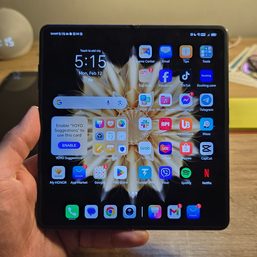

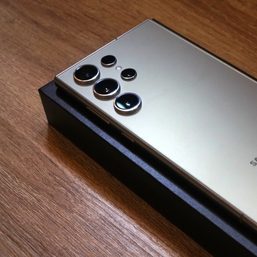
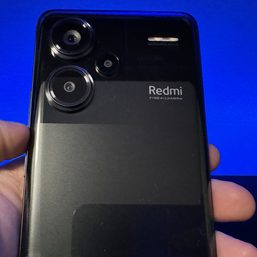
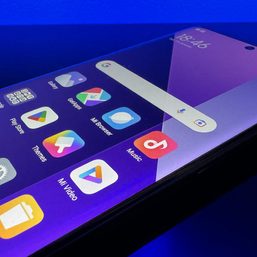
There are no comments yet. Add your comment to start the conversation.